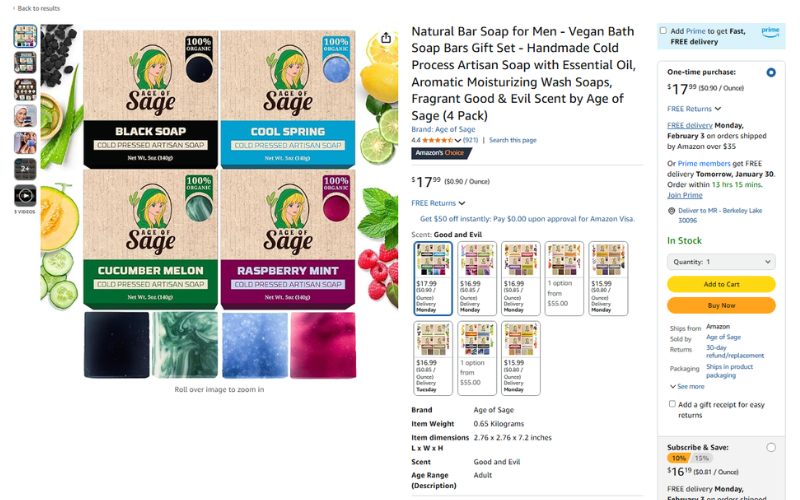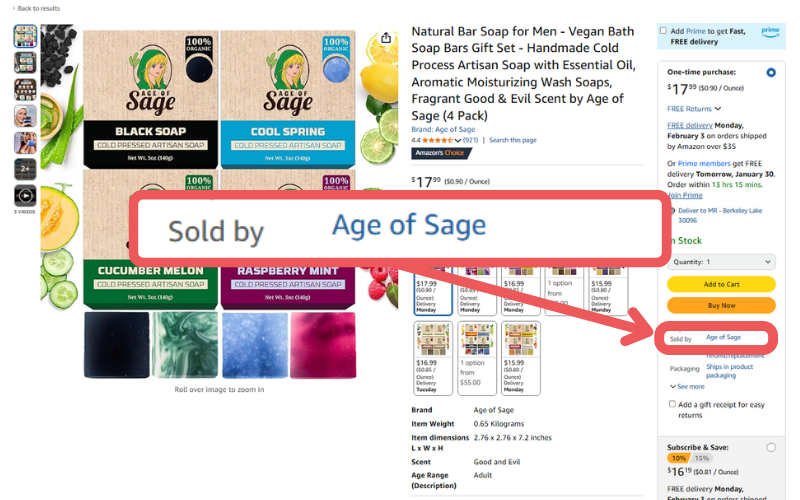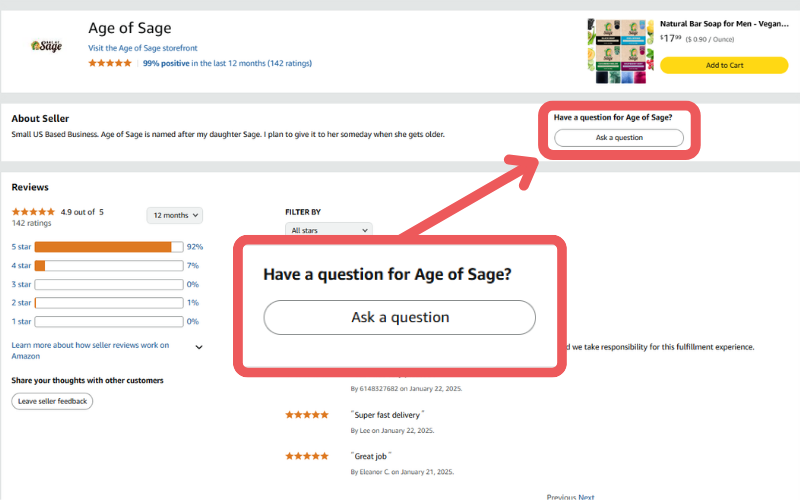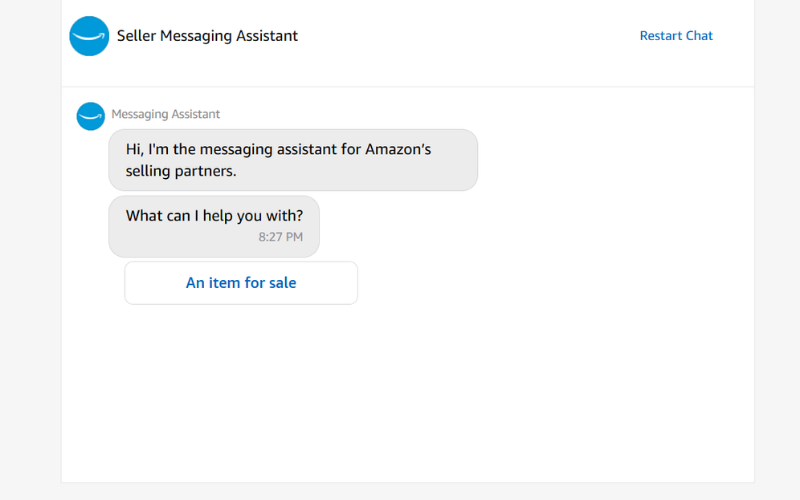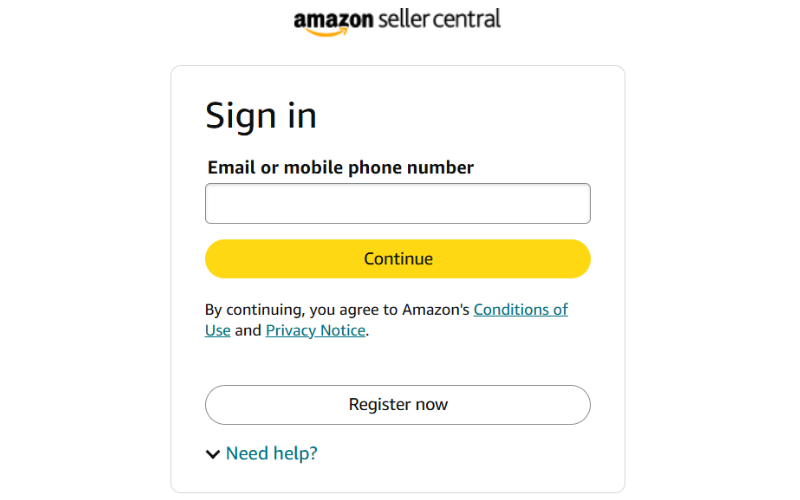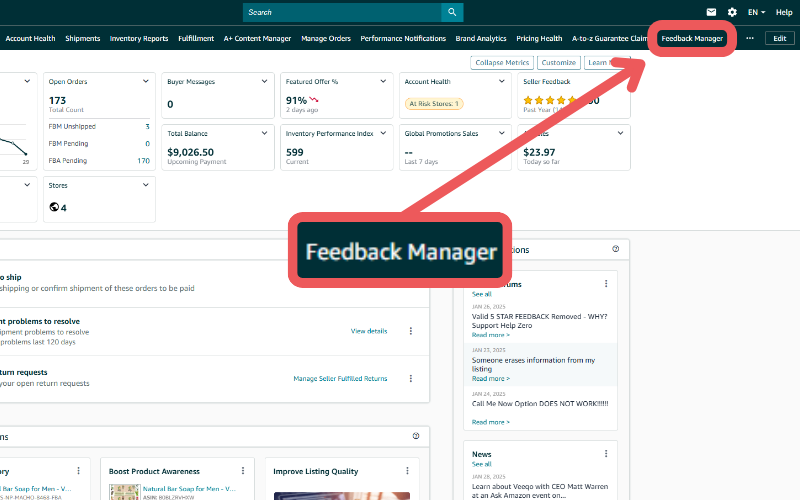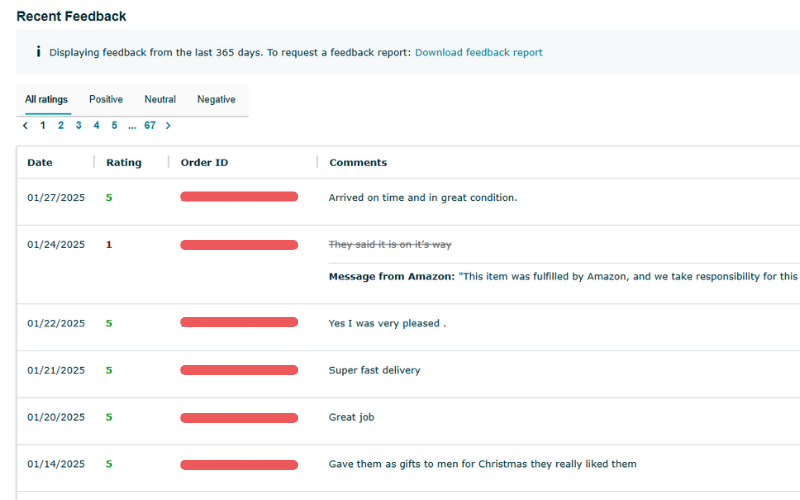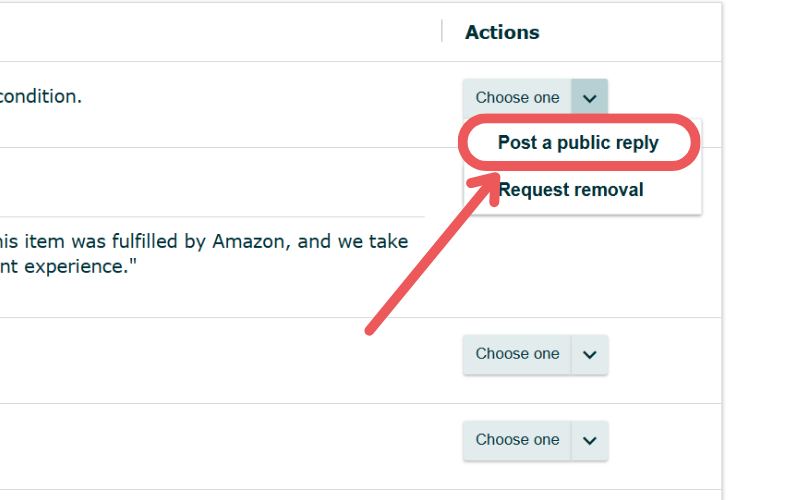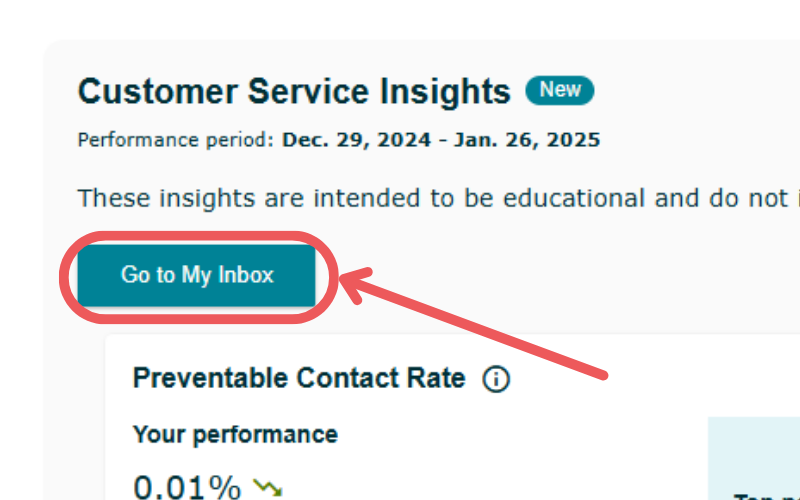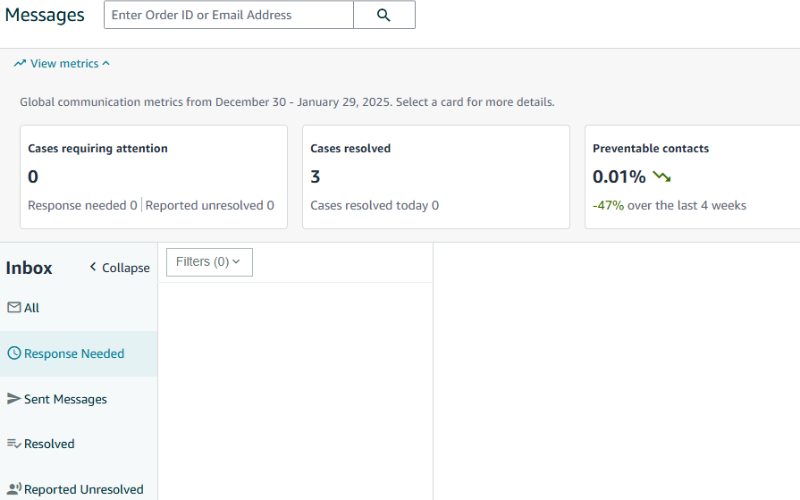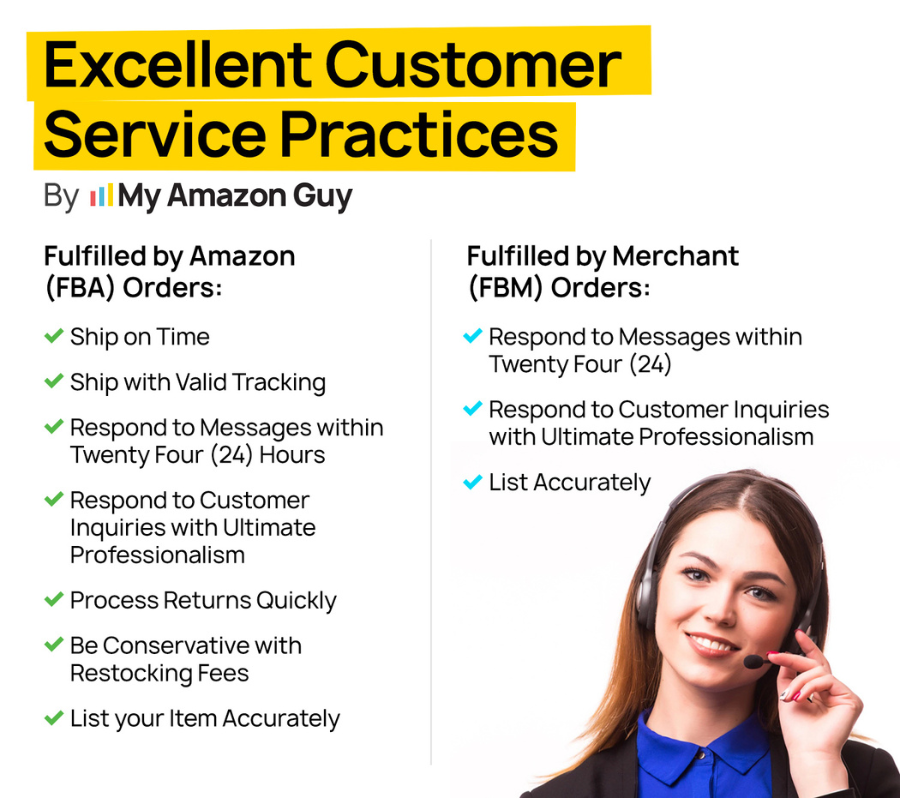Shoppers may reach out to Amazon sellers for a variety of reasons, such as questions about product details or post-purchase concerns. For Amazon sellers, these customer interactions aren’t just about providing helpful answers, they can have a big impact on their business success
A timely, professional response can enhance a shopper’s experience, leading to better feedback, higher seller ratings, and increased sales. On the other hand, failing to respond or providing poor customer service can hurt seller metrics and even lead to account issues.
In this blog, we’ll go into the various ways shoppers contact Amazon sellers. We’ll also discuss the common reasons for these interactions and share best practices for handling each type of inquiry effectively.
Table of Contents
Methods for Shoppers to Contact Amazon Sellers
Shoppers have multiple ways to reach out to a seller, both within and outside the Amazon platform. Amazon sellers should learn about these and regularly check all communication channels to ensure they don’t miss any important messages.
How Shoppers Can Contact Amazon Sellers Within the Amazon Platform
Amazon provides shoppers with built-in communication tools to reach sellers directly. This makes it easier for both shoppers and sellers to manage inquiries efficiently within the platform.
1. Seller's Profile Page
Shoppers can contact Amazon sellers through their Seller Profile Page, which provides an easy way to ask questions even before making a purchase. The “Ask a Question” feature allows shoppers to reach out about product details, shipping, or other concerns.
For Amazon Shoppers:
1. Go to the product page of the item they are interested in.
2. Click on the seller’s name (found under the product title or in the “Sold by” section).
3. Locate the “Ask a Question” button and click it.
4. A message box will appear, allowing the shopper to type and send their inquiry.
For Amazon Sellers:
1. Log in to your Seller Central account.
2. Go to the Feedback Manager to access customer communications.
3. Check the Recent Feedback table for the latest customer questions.
4. Answer the questions by clicking the drop-down in the “Actions” column and selecting “Post a Public Reply”.
2. Order Details Page
With this method, shoppers can inquire about a specific product they have already ordered. This is useful for addressing issues like shipping delays, product defects, or return requests directly related to a purchase.
For Amazon Shoppers:
- Go to the “Your Orders” section in their Amazon account.
- Find the order they want to inquire about.
- Select “Problem with Order” to report an issue.
- Choose a topic from the list displayed (e.g., “Item not received” or “Product issue”).
- Select “Contact Seller” to send a direct message through the Buyer-Seller messaging assistant.
For Amazon Sellers:
1. Log in to your Seller Central account.
2. Go to the Feedback Manager to access customer communications.
3. Click “Go to My Inbox” and check the messages from customers via the Buyer-Seller messaging service.
4. Respond to the message promptly and professionally to ensure a good customer experience.
How Shoppers Can Contact Amazon Sellers Outside the Amazon Platform
While Amazon provides built-in messaging options, some shoppers look for alternative ways to contact sellers. External channels offer more flexibility, allowing for detailed discussions, personalized support, and even business inquiries like bulk orders.
1. Contact Information on Product Packaging
Amazon sellers can include their business email, phone number, or website on their product packaging or product inserts. This allows shoppers to reach out directly if they have post-purchase questions, need troubleshooting assistance, or want to inquire about warranties.
2. Seller’s Website
Many Amazon sellers have their own e-commerce websites where they showcase products and offer direct customer support. Shoppers may visit these sites to ask product-related questions or learn more about the brand.
3. Social Media Platforms
Shoppers sometimes reach out to sellers through social media platforms like Facebook for product inquiries or complaints. These platforms provide a public way for customers to engage with a brand.
Reasons Why Shoppers Contact Amazon Sellers
There are many reasons why shoppers may want to contact an Amazon seller. These reasons can range from product inquiries and order issues to feedback and returns.
Understanding why shoppers reach out can help sellers provide better customer service and improve their seller performance. Addressing concerns quickly and professionally can also prevent negative reviews and enhance brand trust.
1. Get Information
Some shoppers contact sellers because they need additional details that are not included in the product listing. They may want to know more about product dimensions, materials, compatibility, or special features.
2. Resolve Issues
Order-related problems are a common reason why shoppers reach out to sellers. These issues can include delayed shipments, missing tracking updates, receiving the wrong item, or receiving a defective product.
3. Provide Feedback
Shoppers may contact sellers to share their experiences, whether positive or negative. This could include complaints about product quality, suggestions for improvements, or even praise for a great purchase.
10 Best Practices for Handling Amazon Customer Inquiries
Knowing how to respond to customer messages is a key skill for any Amazon seller. A timely and professional reply can turn a frustrated shopper into a satisfied customer while also protecting seller performance metrics.
1. Respond Quickly
If an Amazon seller does not respond to a shopper promptly, the customer may feel ignored or frustrated, potentially leading to negative reviews or lost sales. To prevent this, sellers should aim to reply within 24 hours, as timely responses show professionalism and commitment to customer satisfaction.
Quick responses reassure shoppers that their concerns are being addressed, making them feel valued and heard. Using Amazon’s Buyer-Seller Messaging system, setting up email alerts, or using automated responses for common inquiries can help sellers maintain fast response times.
2. Be Professional
When responding to inquiries, always maintain a professional tone, even if the conversation feels casual. A friendly yet professional response builds trust and credibility, reassuring the shopper that their concern is being handled properly.
Even if a shopper’s tone is argumentative or demanding, staying professional helps prevent the situation from escalating. This is especially important when communicating within the Amazon platform, as Amazon monitors messages, and a professional approach can protect the seller’s account from potential disputes or policy violations.
3. Provide Clear Answers
Always provide clear and direct answers to shopper inquiries to avoid miscommunication. Vague or incomplete responses can lead to confusion, frustration, and even negative reviews if the shopper feels their question wasn’t properly addressed.
When answering, be concise but thorough, ensuring all relevant details are included. If a question requires additional clarification, anticipate follow-ups and proactively provide the necessary information to prevent further back-and-forth.
4. Personalize Answers
Shoppers appreciate responses that feel genuine rather than automated. Personalizing your replies by using the customer’s name and addressing their specific concern shows that you value their inquiry and are willing to assist them directly.
Avoid generic responses by tailoring your message based on the shopper’s situation. A thoughtful, personalized response can build trust, improve the customer experience, and even increase the chances of a positive review or repeat purchase.
5. Research Before Responding
Do not respond to customer inquiries without first gathering the necessary information. Checking Amazon’s policies and your own selling policies ensures that you provide accurate answers and take the best course of action for resolving issues.
Providing incorrect information can mislead shoppers, cause frustration, and even result in negative reviews. Taking a moment to research before responding not only helps you offer better solutions but also demonstrates professionalism and reliability.
6. Offer the Best Solution
When handling customer complaints, focus on finding the best solution that benefits both you and the shopper. This doesn’t always mean offering a refund without a return, but rather choosing an option that resolves the issue fairly.
Assess the situation carefully, considering factors like Amazon’s policies, product condition, and the shopper’s concerns. Providing a reasonable solution, whether it’s a replacement, refund, or troubleshooting assistance, can lead to positive feedback and long-term customer trust.
7. Train Your Customer Service Team
If you have a team handling customer inquiries, proper training ensures efficiency and reduces the need for constant supervision. Well-trained representatives can handle issues more effectively, leading to smoother operations and fewer escalations.
A knowledgeable team can provide accurate information, resolve problems quickly, and maintain a professional tone in all interactions. Investing in training not only improves customer satisfaction but also increases the chances of receiving positive reviews from shoppers who feel heard and valued.
Looking for more resources to train your customer service team? Consider enrolling in MAG School’s Customer Service Training course.
8. Identify Spam vs Genuine Inquiries
Responding to customer messages is essential, but wasting time on spam can be inefficient. Sellers should learn to identify spam messages, such as irrelevant promotions or phishing attempts, to focus their efforts on genuine inquiries that require real assistance.
Amazon provides tools like the Buyer-Seller Messaging Service to help filter out unnecessary messages. By prioritizing real customer concerns, sellers can improve response times, maintain efficiency, and ensure their efforts are directed toward meaningful interactions.
9. Get Professional Assistance
As your Amazon business grows, managing a high volume of customer inquiries can become overwhelming. Outsourcing to a full-service Amazon agency can free up your time to focus on product development and other critical areas of your business while ensuring that customer service remains a priority.
An agency can handle customer inquiries efficiently, providing timely and knowledgeable responses. This allows you to maintain a high level of customer satisfaction without getting bogged down by daily support tasks, ultimately improving your overall business performance.
10. Prevention is Better Than Cure
A high volume of shopper inquiries often points to underlying issues with your product or product listing. If customers frequently ask the same questions or raise similar concerns, it may indicate that your listings aren’t fully optimized or there may be recurring problems with the product itself.
To minimize future inquiries, optimize your product listings and focus on creating clear, detailed, and accurate product descriptions. Additionally, improve your logistics and address previous customer complaints to prevent similar issues from arising, ensuring a smoother shopping experience for future customers.
Providing the Best Amazon Customer Service Experience to Shoppers
Understanding why and how shoppers contact Amazon sellers is crucial for maintaining high customer satisfaction and positive seller metrics. By responding quickly and professionally, sellers can not only resolve customer issues but also build trust, improve feedback, and boost sales.
Whether the inquiry is about product detail, a shipping issue, or post-purchase feedback, Amazon sellers must be prepared to handle each message with care and attention. Implementing best practices will help sellers handle customer inquiries effectively and contribute to long-term business success.
Do you need help with your Amazon business? Reach out to our Amazon agency today!


